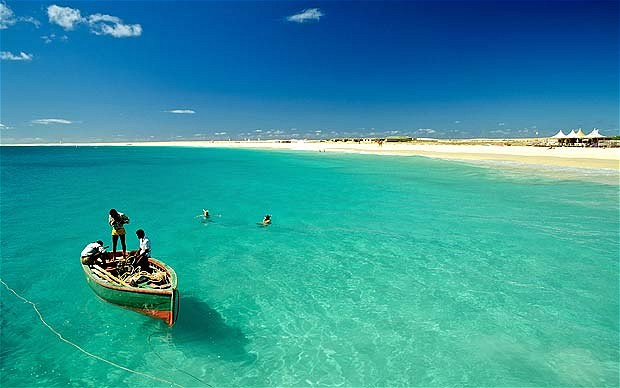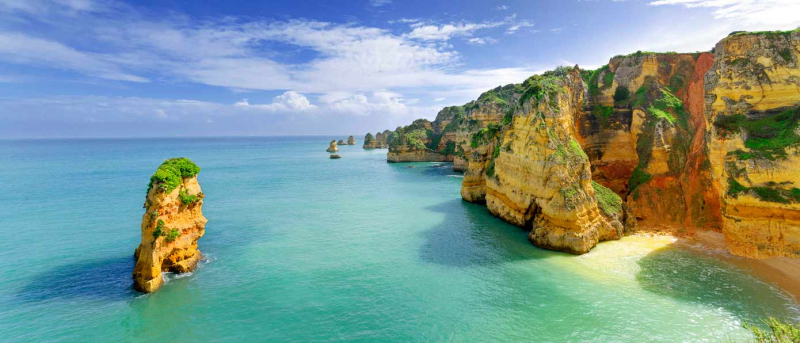Cape Verde
Cape Verde, formally the Republic of Cabo Verde, is a central Atlantic Ocean archipelago and island country made up of ten volcanic islands with a total land area of around 4,033 square kilometers (1,557 sq mi). These islands are located between 600 and 850 kilometers (320 to 460 nautical miles) west of Cap-Vert, continental Africa's westernmost point. The Azores, Canary Islands, Madeira, and the Savage Isles are all part of the Macaronesia ecoregion, as are the Cape Verde islands.
The Cape Verde archipelago was uninhabited until the 15th century, when Portuguese explorers discovered and colonized the islands, thus establishing the first European settlement in the tropics. Lacking natural resources, its developing economy is mostly service-oriented, with a growing focus on tourism and foreign investment. Its population of around 483,628 (as of the 2021 Census) is mostly of mixed African and European heritage, and predominantly Roman Catholic, reflecting the legacy of Portuguese rule. A sizeable Cape Verdean diaspora community exists across the world, especially in the United States and Portugal, considerably outnumbering the inhabitants on the islands. Cape Verde is a member state of the African Union.
The official language of Cape Verde is Portuguese. It is the language of government and instruction. Newspapers, television, and radio also use it. It rarely gets too hot or too cold, making it ideal for relaxing by the sea. Overall, this is one of Portugal's most culturally vibrant islands, where you may participate in water sports such as surfing, boating, and more.
Location: Praia















